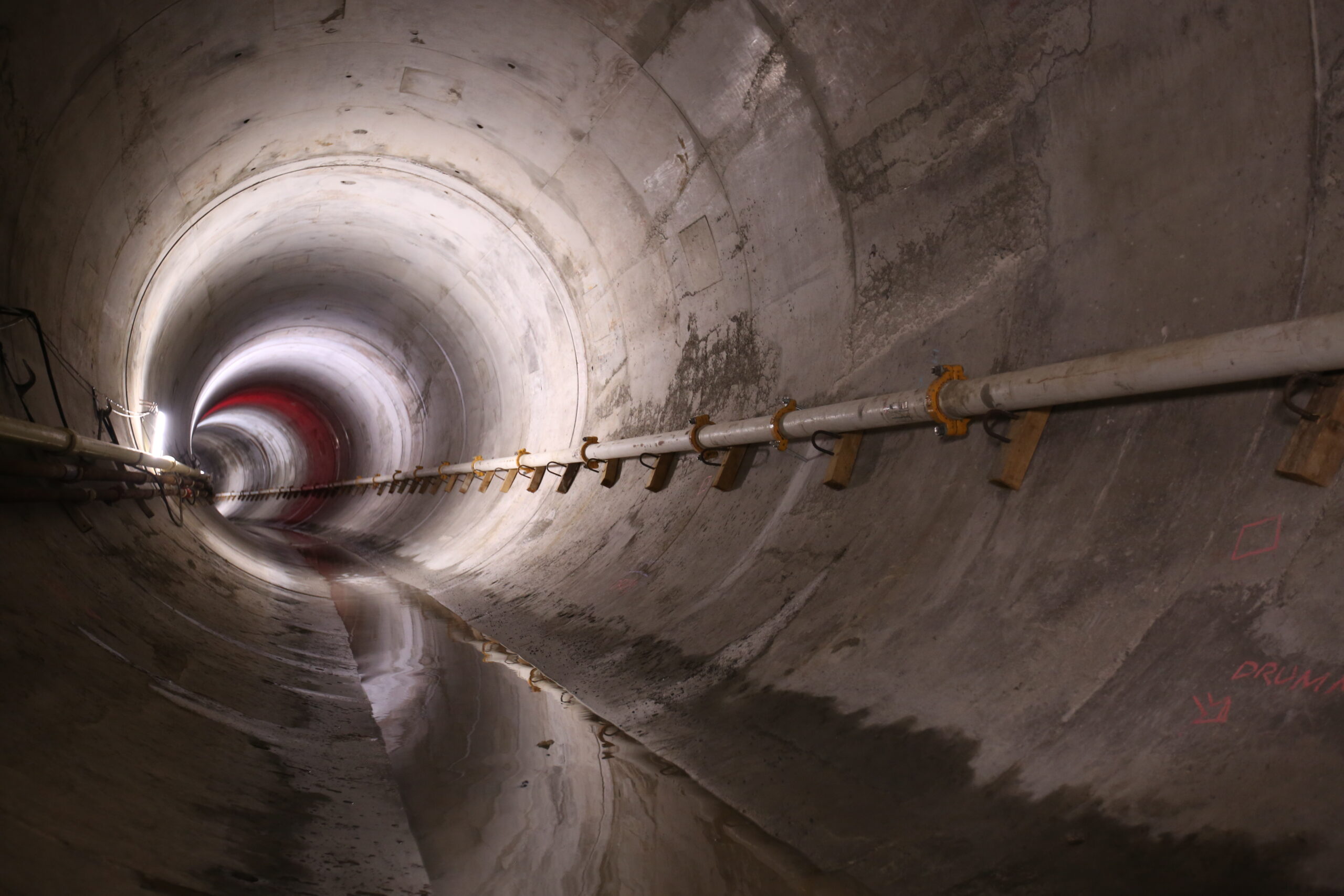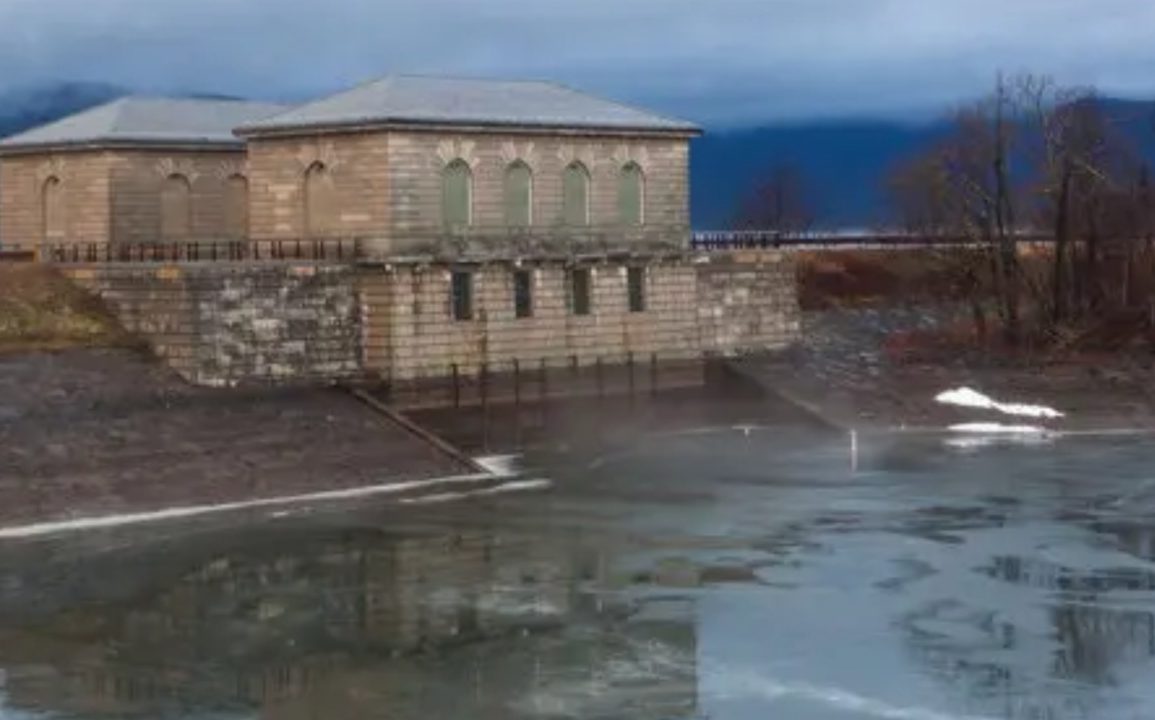New York City is grappling with an unprecedented drought, which has been further compounded by the temporary shutdown of half its usual water supply. The city’s Department of Environmental Protection (DEP) has initiated a $2 billion repair project on the Delaware Aqueduct, the longest tunnel in the world, which spans 85 miles.
The work involves constructing a 2.5-mile bypass tunnel to fix a major leak under the Hudson River that loses 35 million gallons of water per day. As a result, the aqueduct, which supplies about 50% of the city’s water, has been temporarily shut down.
In response to the shutdown, New York City is relying more heavily on the Croton Watershed, which is its oldest water supply. Unfortunately, this system is also experiencing significant drought conditions.
In October, the Croton Watershed received only 0.81 inches of rain, far below the average of 3.81 inches, which has led to a noticeable decline in water levels. While the system was at 83% capacity in early November, this dropped to 81.2% shortly afterward. The lack of rain in this area, which is one of the driest in the state, has left the city vulnerable at a critical time.
The city’s water crisis comes amid one of the longest dry spells in recent history, with October marking the second-longest dry streak since 1869. This prompted Mayor Eric Adams to issue a “drought watch,” urging New Yorkers to conserve water.

He recommended measures such as taking shorter showers, refraining from watering lawns, and reporting open fire hydrants. Additionally, dry conditions have sparked brush fires in several areas, including Brooklyn and New Jersey, underscoring the potential dangers of the prolonged drought.
Despite these challenges, experts have expressed cautious optimism about the city’s water situation. As of November 8, the city’s reservoirs were at 63.6% capacity, significantly below the usual 79%.
However, experts like Upmanu Lall from Columbia University and Richard Tinker from the National Weather Service note that reservoirs typically recover during the winter and spring months, through snowmelt and rainfall. While the current situation is concerning, they believe that with average precipitation, the reservoirs will refill and there is no immediate cause for panic.
Looking ahead, meteorologists from the National Oceanic and Atmospheric Administration (NOAA) are forecasting an average winter and spring. This offers hope that the region will experience the rainfall needed to recover from the more than seven-inch deficit in precipitation affecting the water supply.
However, experts caution that the city will need a series of steady, soaking rains to make up for the current shortfall. The DEP has already initiated conservation efforts to prepare for the worst-case scenario, and the situation will continue to be closely monitored as winter approaches.

